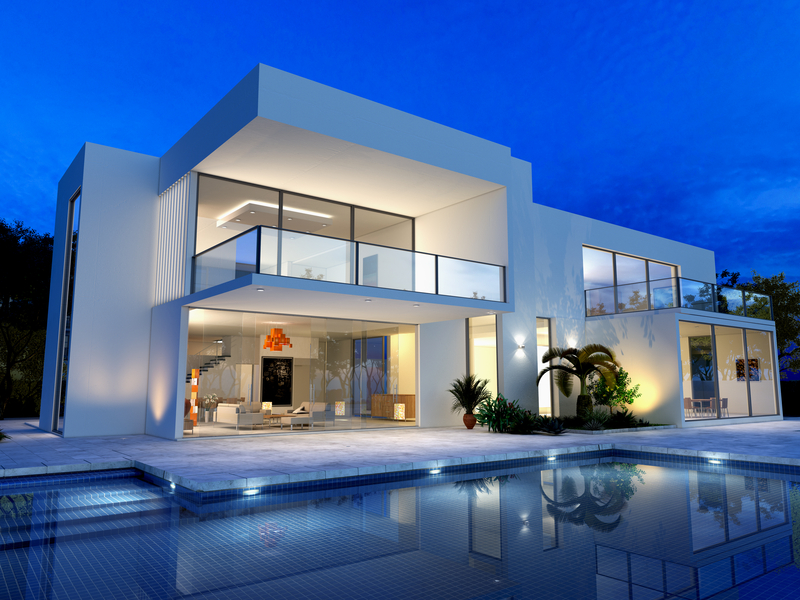An Introduction to Interior Lighting Design

This online engineering PDH course will introduce you to principles of lighting design for building interiors. The concepts and considerations of visibility, glare, uniformity and illuminance will be explained and discussed. You will learn about lighting controls and their importance in operation of lighting systems and energy conservation. You will learn about recommended applications for a wide variety of luminaires and lamps. Application of these principles and equipment will be illustrated with recommendations and guidelines for the various spaces in the most common commercial building type: office buildings.
The Illuminating Engineering Society (
Additionally, sustainability concerns, lighting control, and maintenance issues all affect the amount of energy required to achieve, operate, and maintain this level of visibility. The Lighting Handbook (by The Illuminating Engineering Society of North America, 2000), Chapter 10 "Quality of the Visual Environment" discusses each of these aspects in detail. It also provides a lighting design guide matrix which lists the critical design issues that must be followed.
This 2 PDH online course is intended for all of the engineers, architects and construction professionals who are interested in gaining a better understanding of interior lighting design principles.
This PE continuing education course is intended to provide you with the following specific knowledge and skills:
- Learning how visibility describes size, brightness, and contrast of a particular activity and affects the lighting required to view that activity
- Learning about way-finding and the role of lighting in providing visual guidance, signage illumination, and more subtle aids such as continuity and hierarchy of lighting equipment that reinforces areas of similar use
- Learning how the effective use of indirect light minimizes the negative effects of direct glare
- Learning how direct glare can be minimized with careful equipment selection and placement, and by indirectly lighting interior walls and ceiling
- Learning about illuminance and appropriate lighting levels for different surfaces and tasks
- Learning the importance of lighting level and illuminance uniformity where sustained tasks are performed, and how to prevent "spotty" lighting, especially in interior areas where people are working and exterior areas where safety and security are concerns
- Learning about the three different types of visual responses: photopic, scotopic and mesopic
- Learning about lumen effectiveness multipliers that can be used to account for the improved visibility provided by white light compared, for example, to high pressure sodium lighting
- Learning about luminaire, lamp and lighting control recommendations for individual and open offices
- Learning about luminaire, lamp and lighting control recommendations for other office building spaces such as conference rooms, lobbies and corridors
In this professional engineering CEU course, you need to review the course document titled, "An Introduction to Interior Lighting Design".
Upon successful completion of the quiz, print your Certificate of Completion instantly. (Note: if you are paying by check or money order, you will be able to print it after we receive your payment.) For your convenience, we will also email it to you. Please note that you can log in to your account at any time to access and print your Certificate of Completion.